Kia Niro Plug-in Looks to One-up the Toyota Prius Prime in One Key Way

Kia’s well-regarded Niro, the boxy, decent looking hybrid five-door that’s a cross between a crossover and a hatch (it doesn’t offer all-wheel drive), spawns a plug-in sibling for 2018.
Positioned as a mainstream offering for green yet thrifty families, both Niro and Niro Plug-in offer more than 100 cubic feet of passenger volume in an incognito body while delivering fuel economy approaching that of the Toyota Prius. In plug-in form, the Niro travels 26 miles before requiring the assistance of gasoline.
While the Niro Plug-in’s price tops that of a base Prius Prime, we’ve learned Kia has a strategy for scoring value-minded buyers.
Leasing. More and more Americans are deciding to have their vehicular relationships last no longer than three years, making attractive lease offers an increasingly popular way to lure buyers — and trump rivals.
According to Cars Direct, the base 2018 Niro Plug-in LX, which retails for $28,840 after delivery (an $845 increase over a Prius Prime), is a cheaper lease proposition than its space age-styled competitor. Kia will offer a national lease of $259 a month for 36 months with $1,999 due at signing, which works out to $315 a month.
In the oh-so-green Los Angeles area, that offer undercuts the Prius by $10 a month and the Prius Prime by $90 a month. The Prius’ volume model, the Prius Two, retails for $3,260 less than the Niro Plug-in, but the Kia’s the cheaper lease. Financing is available for as low as 0.9 percent APR.
While the Prius name remains top of mind among hybrid vehicle buyers, Kia figures cost can work in its favor.
There’s actually more than just lease value hidden inside the Niro Plug-in. Regular Niro buyers, Cars Direct notes, might find the plug-in model a better buy than the basic hybrid. Features found in the base plug-in hybrid are only obtainable through an options package on the regular base hybrid, pushing the Niro’s price to just $2,900 less than the plug-in model, before factoring in the federal EV tax credit.
Since entering the U.S. market in January, the Niro hybrid chalked up 24,840 sales through the end of November. That makes it the sixth-best-selling hybrid vehicle in the country, with year-to-date volume just over one third of that of the standard Prius hatch.
[Image: Kia Motors]

More by Steph Willems
Latest Car Reviews
Read moreLatest Product Reviews
Read moreRecent Comments
- Brandon I would vote for my 23 Escape ST-Line with the 2.0L turbo and a normal 8 speed transmission instead of CVT. 250 HP, I average 28 MPG and get much higher on trips and get a nice 13" sync4 touchscreen. It leaves these 2 in my dust literally
- JLGOLDEN When this and Hornet were revealed, I expected BOTH to quickly become best-sellers for their brands. They look great, and seem like interesting and fun alternatives in a crowded market. Alas, ambitious pricing is a bridge too far...
- Zerofoo Modifications are funny things. I like the smoked side marker look - however having seen too many cars with butchered wire harnesses, I don't buy cars with ANY modifications. Pro-tip - put the car back to stock before you try and sell it.
- JLGOLDEN I disagree with the author's comment on the current Murano's "annoying CVT". Murano's CVT does not fake shifts like some CVTs attempt, therefore does not cause shift shock or driveline harshness while fumbling between set ratios. Murano's CVT feels genuinely smooth and lets the (great-sounding V6) engine sing and zing along pleasantly.
- JLGOLDEN Our family bought a 2012 Murano AWD new, and enjoyed it for 280K before we sold it last month. CVT began slipping at 230K but it was worth fixing a clean, well-cared for car. As soon as we sold the 2012, I grabbed a new 2024 Murano before the body style and powertrain changes for 2025, and (as rumored) goes to 4-cyl turbo. Sure, the current Murano feels old-school, with interior switchgear and finishes akin to a 2010 Infiniti. That's not a bad thing! Feels solid, V6 sounds awesome, and the whole platform has been around long enough that future parts & service wont be an issue.

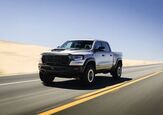














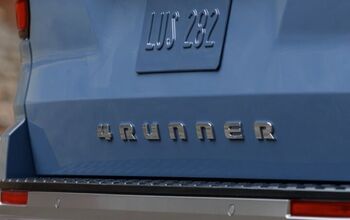
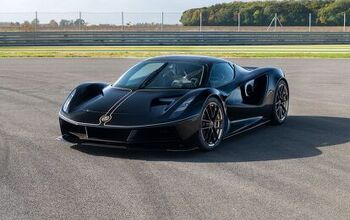
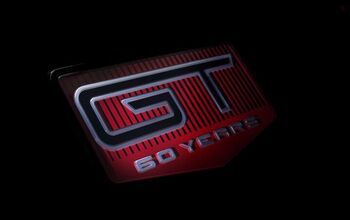



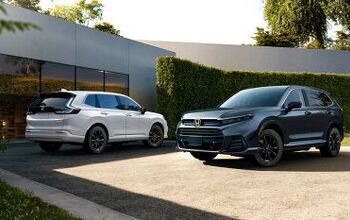
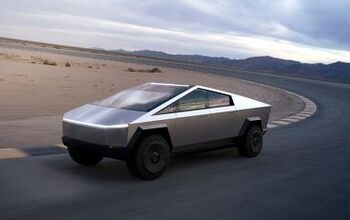
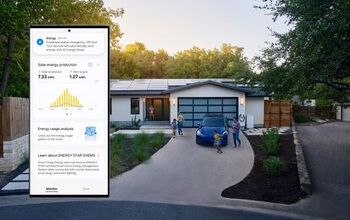


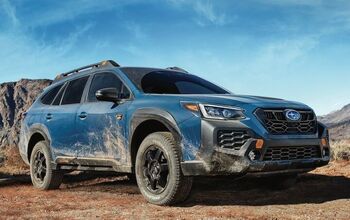

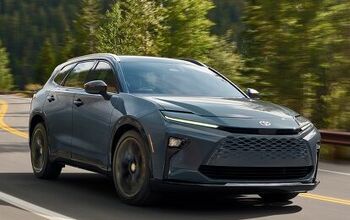



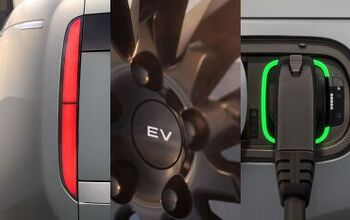
Comments
Join the conversation
That added interior room could well be a selling point for the increased cost of the car. American families will opt for more utility in their car purchases over brand loyalty. Toyota builds a damn fine product, but Kia/Hyundai have gotten their act together and brought their quality up to nearly the same level so it comes down to practicality in this vehicle segment. If Toyota built a small minivan, or other such designed vehicle in the Prius lineup it would blow the doors off everyone else. As it is, the shape of the Prius is it's weakest selling point for practicality. The hatchback slope is such that carrying anything other than a few grocery bags is impractical. Add that to the range anxiety most Americans still have towards Electric vehicles, and you alienate customers to switch from Gasoline fuel vehicles to the cars of the future. Electric vehicles will become more mainstream as States like California outlaw Fossil fuel vehicles Whether we like it or not, alternative fueled vehicles are coming. Hydrogen cells, Electric, hybrids or both are in our future, and American drivers need to get ready for it. what we once took for granted isn't going to happen in the future, and our driving habits will have to change with the times.
"the boxy, decent looking hybrid five-door that’s a cross between a crossover and a hatch (it doesn’t offer all-wheel drive)" WTF does all this mean? What's a "crossover"? Is it a transgender car?? Does all of this make the Golf R a "crossover"? Hey, it has AWD!!! And it's tall!!! And it's 5 doors!!! C'mon, guys, let's take that R thingy four-wheelin' down in the holler!